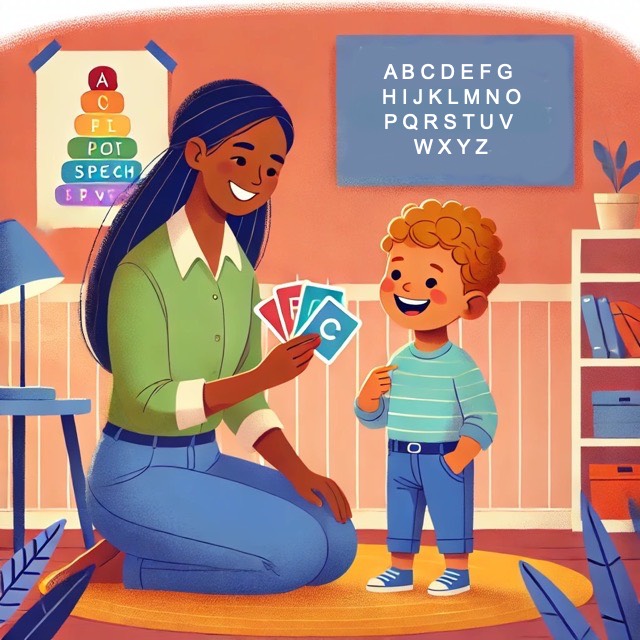
A Guide to Sound Disorders in Children
Speech sound disorders in children significantly impact their ability to communicate clearly and confidently. Early identification and intervention greatly enhance outcomes. In this guide, you’ll learn about common speech sound disorders, their signs, and effective treatment strategies.
Jump to specific sections:
Quick Navigation
| Type | Age of Onset | Key Signs | Treatment Success Rate |
|---|---|---|---|
| Articulation | 2-4 years | Sound substitutions | 80-90% with early intervention |
| Apraxia | Birth-2 years | Inconsistent errors | 70-80% significant improvement |
| Dysarthria | Birth-onset possible | Muscle weakness | 60-80% functional improvement |
| Lisps | 3-5 years | S-sound errors | 85-95% resolution rate |
What Are Speech Sound Disorders?
Speech sound disorders refer to difficulties in producing speech sounds accurately, affecting a child’s ability to:
Clearly pronounce sounds
Combine sounds effectively
Be understood by listeners
Develop speaking confidence
Early intervention is essential; research indicates significantly better outcomes when treatment begins before age 5.
Types of Speech Sound Disorders
Articulation Disorders
Articulation disorders involve physical challenges producing specific speech sounds clearly.
Common Signs:
Substituting sounds (“wabbit” instead of “rabbit”)
Omitting sounds (“ca” for “cat”)
Distorted sounds (e.g., lisp)
Adding unnecessary sounds
Assessment & Treatment:
Comprehensive speech evaluations
Sound-specific analysis
Targeted exercises
Home practice activities
Learn More about Articulation Disorders
Childhood Apraxia of Speech (CAS)
CAS is a motor speech disorder affecting coordination of speech movements.
Key Characteristics:
Inconsistent speech errors
Difficulty with complex words
Disrupted speech rhythm
Limited babbling in infancy
Challenges with voluntary speech movements
Treatment Approaches:
Intensive therapy sessions
Motor planning exercises
Multi-sensory techniques
Active parent involvement
Dysarthria in Children
Dysarthria involves weakened or uncontrolled speech muscles.
Signs Include:
Slurred speech
Inconsistent volume
Unusual speech speed
Poor breath control
Nasal or breathy vocal quality
Intervention Strategies:
Muscle-strengthening exercises
Speech rate management
Breath support training
Compensatory speech techniques
Lisps
Lisps are articulation disorders impacting sounds like s and z.
Types of Lisps:
Interdental: tongue between teeth
Lateral: airflow from sides of the mouth
Palatal: tongue pressed to palate
Dentalized: tongue against teeth
Treatment Methods:
Tongue placement training
Sound shaping techniques
Regular practice
Progress tracking
When to Seek Help
Age-Based Guidelines:
Age 3: Speech 75% understandable
Age 4: Speech 90% understandable
Age 5: Clear pronunciation of all speech sounds
Red Flags:
Frustration or avoidance of speaking
Limited variety of speech sounds
Family history of speech issues
Feeding or swallowing challenges
Effective Treatment Approaches
Evidence-Based Methods:
Traditional articulation therapy
Phonological process approach
PROMPT therapy
Core vocabulary method
Parent Involvement:
Daily home practice
Creating a supportive environment
Positive feedback
Progress monitoring
Resources for Parents
Home Activities:
Fun speech sound games
Printable worksheets
Educational mobile apps
Visual picture cards
Support Network:
Parent support groups
Educational resources
Insurance assistance
School advocacy guidance
Next Steps
Getting Started:
Schedule a speech evaluation
Complete the initial assessment
Develop a customized treatment plan
Start therapy sessions
Regularly monitor progress
